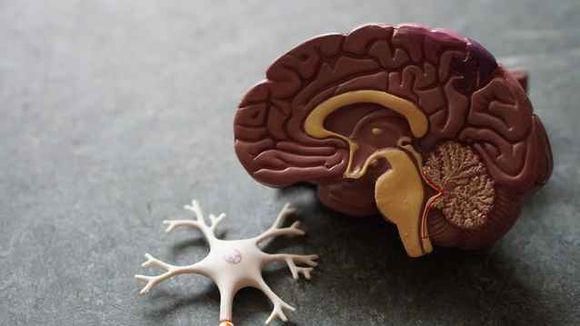What is the mysterious part of the brain
Also called the "center of love," the nucleus accumbens is located in an area of the brain called the basal anterior marrow. [ref. 1] In each brain hemisphere there is a nucleus accumbens; it is located between the coccyx and putamena. which is considered rewarding (for example, we eat food, have sex, take drugs), activate dopamine neurons (along with other types of neurons) in an area of the brain called the entral tegmental region. These neurons are projected to nucleus accumbens and when activated, this leads to an increase in dopamine levels in nucleus accumbens. In other words, the accumbens nucleus is an important component of a major dopaminergic path in the brain called the mesolymbic path, which is stimulated during rewarding experiences. It turns out that unlocking such mechanisms can also be spiritual or divine experiences.
Watch a video explanation for Nucleus accumbens: 2-Minute Neuroscience: Nucleus Accumbens.
Methodology and results of the study
According to a new study by a team of American researchers "Reward, salience, and attentional networks are activated by religious experience in devout Mormons," religion triggers the same area of the brain as sex, drugs and love.
"We are only just beginning to understand how the brain is involved in experiences that believers interpret as spiritual, divine, or transcendent," says Dr. Jeff Anderson of the Utah School of Medicine, senior author of the study and a neuroradiologist. According to him, over the past few years, brain imaging technologies have evolved in ways that allow us to approach issues dating back millennia.
To understand how the brain processes spiritual feelings, scientists focused their attention on a group of 19 Church Mormons (12 men and 7 women—all former missionaries). The researchers made sure that these 20 to 30-year-old participants "sensed the Spirit," an important concept in mormon faith, and conducted fMRI (functional MRI) scans of their brains. To evoke "spiritual feelings," scholars showed subjects videos from the Mormon Church, quotes from Mormon and other religious leaders and led them to read well-known passages from the Book of Mormon.
"When the participants in our study were instructed to think about the savior, about being with their families forever, about their celestial rewards, their brains and bodies reacted physically," said the study's lead author, Dr. Michael Ferguson. Indeed, because participants have spiritual experiences describing a sense of peace, warmth, and even moved to tears, they breathe deeper and their hearts beat faster. These physical effects are observed in their strongest form just before participants press a button to mark the top of their spiritual experience.

With the help of the participants' functional MRI, it became clear that the recognizable feeling that was central to their religious practice was reproducible associated with activation in nucleus accumbens, entromedial prefrontal cortex and frontal areas of attention. Nucleus accumbens activation precedes peak spiritual feelings by 1-3 seconds and is replicated in four separate tasks. Activation of attention in the afront cingulates and frontal eye fields is greater in the right hemisphere. The Association of Abstract Ideas and Brain Reward Schemes may interact with the processing of frontal attention and emotional significance, which implies a mechanism by which doctrinal concepts can represent internally rewarding and motivating the behavior of religious individuals.
What is the significance of the study conclusions? Religious experience is perhaps the most influential part of how people make decisions that affect all of us, for better or for worse. Understanding what happens in the brain to contribute to these decisions is really important. [Ref. 2]








